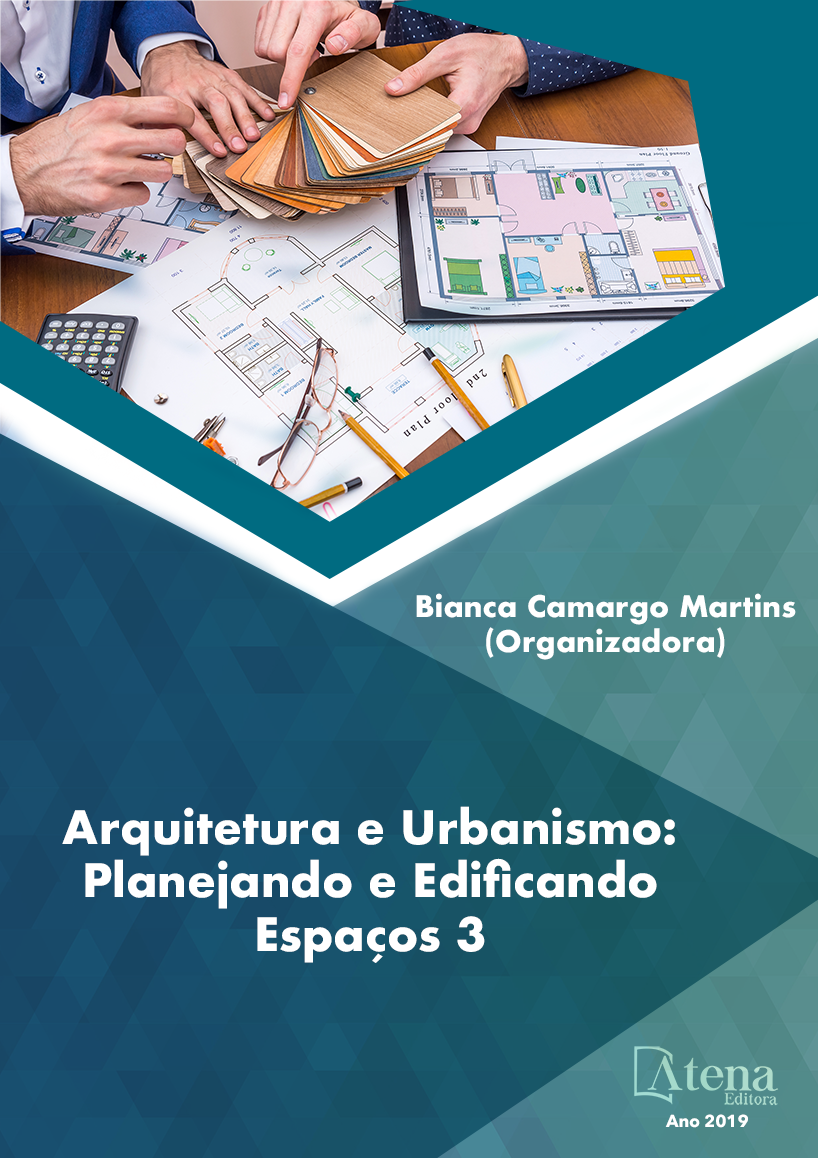
MINHOCÃO: ENTRE O TRANSGREDIR E O MEDIAR
O artigo resulta da observação
de um território e de seus modos de usar,
seja como diferentes temporalidades ou
territorialidades propostas pelos usuários,
por meio da apropriação de espaços que
expressam as relações de convívio cotidiano
ou de intervenção eventual, como no caso do
Minhocão, que se torna espaço de convívio e de
conflitos. Os bairros da Santa Cecília, Campos
Elísios e Barra Funda compõem juntamente
com a estrutura do Minhocão o objeto de estudo
que vai manifestar as contradições e interações
manifestas nas relações sociais dos habitantes
desta parcela da cidade, com o objetivo de
criar um olhar atento às pré-existências e
cadências do cotidiano para embasamento de
arquitetos e pensadores do ambiente e projetos
de cidade. O Minhocão se destaca como um
dos suportes urbanos encontrados na região
onde as experiências sociais se manifestam
e se evidenciam na ambiguidade da condição
deste espaço, ao mesmo tempo marco histórico
da cidade e cicatriz urbana, ao dividir a região
em duas porções, tanto no sentido vertical
quanto no horizontal, segregando a região do
entorno, e contribuindo para desqualificação
da área. As diferentes formas de apropriação
do espaço público e a identificação das
qualidades que são atribuídas ao espaço por
meio destas apropriações permitem entender
como o espaço adquire atributes por meio de
sua ativação. O método inclui observações
de campo realizadas entre os anos de 2014
a 2016, nas quais pode-se observar por meio
de material fotográfico, o cotidiano daqueles
que habitam aquela porção da cidade, desde
aqueles sujeitos marginalizados que habitam
as ruas e procuram abrigo nas noites frias,
prostitutas até os habitantes, passantes e
trabalhadores e o seu cotidiano.
MINHOCÃO: ENTRE O TRANSGREDIR E O MEDIAR
-
DOI: 10.22533/at.ed.46519191217
-
Palavras-chave: Minhocão, espaço público, apropriações, território, cotidiano.
-
Keywords: Minhocão, public space, appropriations, territory, daily life.
-
Abstract:
The article results from the
observation of a territory and its ways of using,
either as different temporalities or territorialities
proposed by the users, through the appropriation
of spaces that express the relationships of daily living or intervention Possible, as
in the case of Earthworm, which becomes a space for conviviality and conflict. The
neighbourhoods of Santa Cecilia, Champs-Elysées and Barra Funda compose together
with the structure of Minhocão the object of study that will manifest the contradictions
and interactions manifested in the social relations of the inhabitants of this part of the
city, with the aim of Create a watchful eye to pre-existences and cadences of everyday
life for the foundations of architects and thinkers of the environment and city projects.
The earthworm stands out as one of the urban supports found in the region where the
experiences are manifested and are evident in the ambiguity of the condition of this space,
at the same time historical landmark of the city and urban scar, by dividing the Region
in two portions, both vertically and horizontally, segregating the surrounding region,
and contributing to disqualification of the area. The different forms of appropriation of
the public space and the identification of the qualities that are attributed to the space
through these appropriations allow us to understand how the space acquires attributes
through its activation. The method includes field observations carried out between the
years 2014 to 2016, in which it can be observed through photographic material, the
daily lives of those who inhabit that portion of the city, from those marginalized subjects
who inhabit the streets and seek Shelter on cold nights, prostitutes to the inhabitants,
passers and workers and their daily lives.
-
Número de páginas: 15
- Maria Isabel Camañes Guillén


